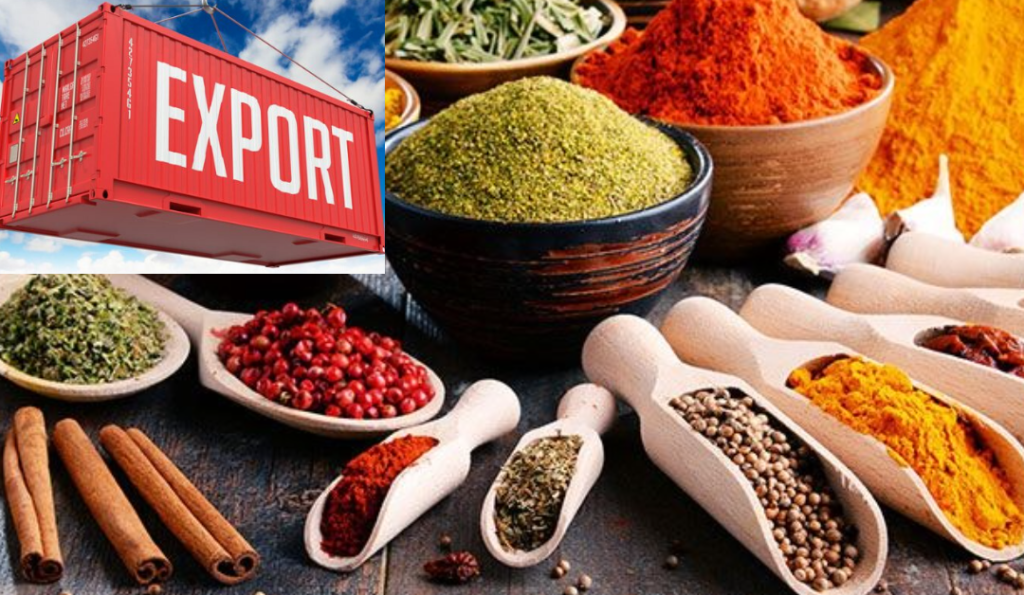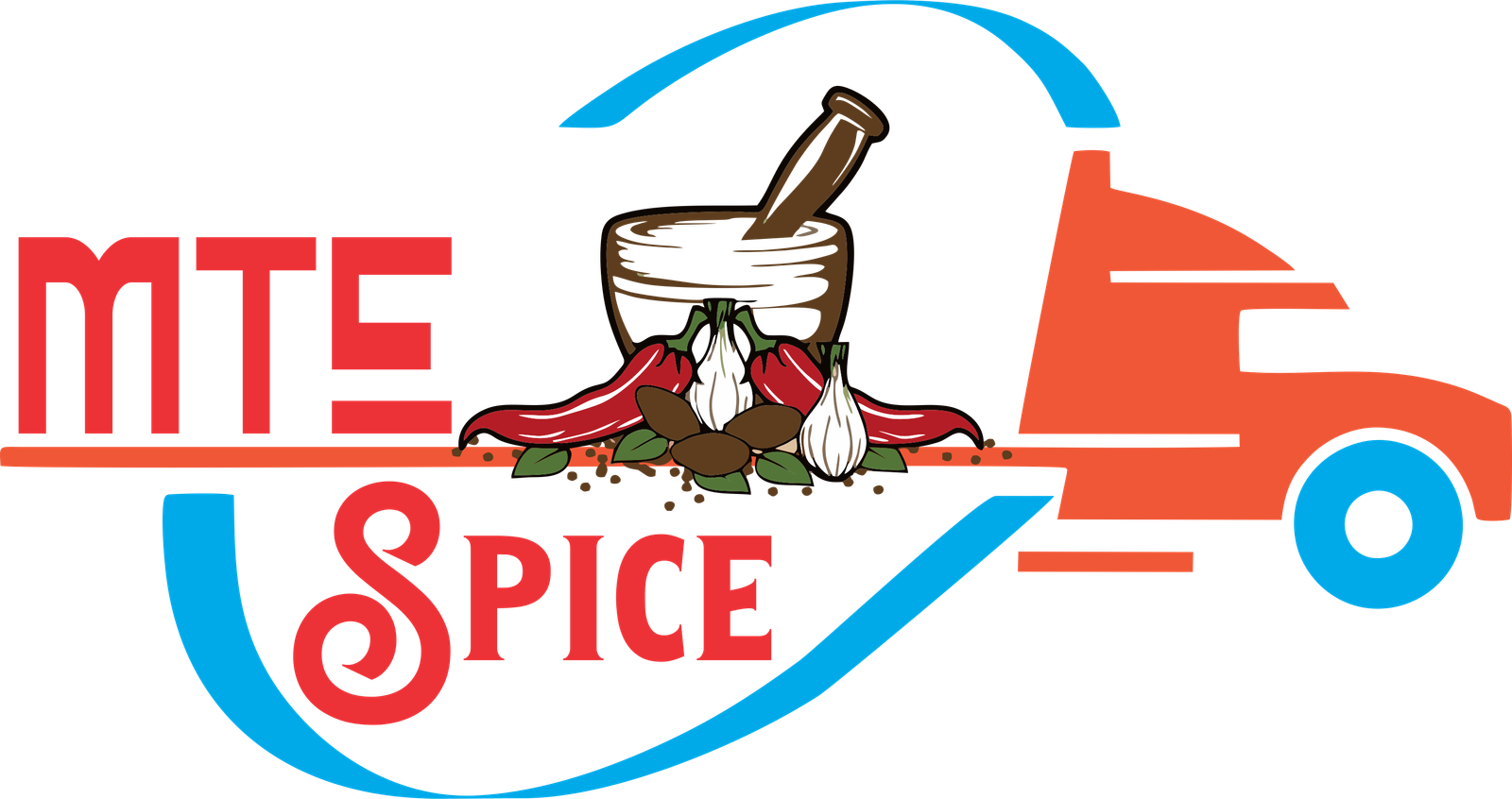Navigating Tariffs and Trade Barriers in Spice Exporting
Navigating Tariffs and Trade Barriers in Spice Exporting: Nowadays, certain industries are as flavourful as fiercely regulated as spice exporting. The international demand for spices, like chili and cardamom, is rapidly increasing. But, you know that behind every success, there are several trade barriers and complex compliance rules that an exporter has to face. These trade barriers can make or break any deal. For spice exporting companies, the challenges are not only producing superior-quality spices, but also important to understanding customs classifications, staying ahead of constantly evolving sanitary and phytosanitary regulations, and managing fluctuating duty structures.
Therefore, it is imperative to follow each and every step because one misstep in the documentation can lead to rejected consignments or even suspension from key markets. In this blog, we will guide you on Navigating Tariffs and Trade Barriers in Spice Exporting in the ensuing paragraphs.
Understanding the Challenges: Navigating Tariffs and Trade Barriers in Spice Exporting
Whether you are a renowned spice exporter or just joining the international spice markets, you will learn about the leverage of trade agreements, regulatory shifts, minimizing risk, and several other trade barriers are mentioned below. Here are points that are helpful in Navigating Tariffs and Trade Barriers in Spice Exporting:

Global Tariffs: Know the Rules, Avoid Botches
Each spice export company is tied to its HS code, which determines the required documentation and applicable tariff rate. There are several nations, such as the UK, the US, and the EU often impose anti-dumping or customs duties. These duties vary by spice, and exporting organizations must clarify these ahead of time. They also consider GSP advantages or trade agreements for tariff relief.
Strategy:
- Secure accurate HSN/HTS classification
- Comply with FSSAI/APEDA regulations
- Utilize FTAs(Free Trade Agreements)
- Embed tariff buffers into pricing strategies to absorb the hikes in the future
Non-Tariff Barriers: Unseen Costs
The cost of tariffs is visible in spice exporting, whereas certain Non-Tariff Measures (NTMs) that are hidden can be more expensive. These Non-tariff measures include import licenses, strict technical standards, safety regulations, pre-shipment checks, and SPS compliance.
Key challenges for Spice Exporting Companies:
Have a look at a certain major challenges in Navigating Tariffs and Trade Barriers in Spice Exporting that spice exporters have to face are mentioned below:
- Food Safety Rules(SPS Compliance): Every market, such as the US, UK, and EU, strictly limits pesticide residues, like chlorpyrifos and Ethylene Oxide.
- Technical Regulations (TBT): The exporting organizations must follow all the local laws on packaging, labeling, allergen warnings, and GMO content rules.
Strategy:
- Improve Traceability as well as Testing: Exporters can maintain traceability systems with HACCP and GMP certification. They should conduct rigorous SPS testing and avoid the use of banned chemicals, like EtO.
- Use Digital Tools for Compliance: It is imperative to comply with the rules of each destination nation; for this, make sure the exporter has completed the digital certification submission and robust labeling validation.
Quality, Sterilization & Contamination Risks
Recently, orders of Indian spices have been suspended owing to concerns over Ethylene Oxide (EtO) contamination. This affects renowned brands like MDH and Everest as well. There are certain markets that have to face a 40% export loss.
Strategy:
- Always follow the official guidelines of the Spices Board, like forbidding the use of EtO, and integrate EtO-specific controls in HACCP systems.
- Choose alternatives approved sterilization methods, such as steam, irradiation, or other natural techniques.
- Ensure all your products have been tested before shipping. For this, do not forget to follow the specific regulations of the destination country.
Value Addition: The Antidote to Tariff Vulnerability
Rely heavily on raw, whole spice exports, leaving Indian exporters exposed to high tariffs as well as intense price competition. According to the recent survey, only 48% of Indian exports are value-added, and it is pivotal to reach the $10 billion target by the end of 2030.
Strategy:
- Exporter focus should be on higher-margin items, such as oleoresins, spice blends, organic/GI-tagged products, and health-focused powders.
- Shift towards the government SPICED schemes that fund value-added infrastructure, branding, organic transition, and create strong market connections.
Logistics & Customs: Speed Matters
Several spices exporters in India, especially newcomers, often face delays owing to port congestion, paperwork, and manual export procedures.
Strategy:
- Opt for the well-connected and faster ports, such as Nhava Sheva, Chennai, or Mundra, and take advantage of digital systems as well, like online licensing.
- Make sure you work with a reliable as well as certified partner who meets international standards.
- Implement full digital compliance with origin documentation, pre-approved SOPs(standard operating procedures), and lab reports.
Diversification: Expand Reach, Reduce Risk
Expanding your reach is really imperative because over-reliance on any single market can backfire. Because when tariffs or NTMs spike, you have to face a big loss, like Australian wine exports post-China tariffs. Therefore, diversifying your reach is important.
Strategy:
- Target several geographical locations like the Middle East, North America, Africa, the EU, and the UK.
- Do not be afraid to learn from the new exporters and adapt to market-specific expectations.
- Shift toward new products, such as organic spice perfumes, turmeric extracts, and GI-tagged cardamom.
Advocacy, Policy, and Institutional Support
If you want to overcome trade barriers, then make strong coordination between policymakers as well as trade associations.
Strategy:
- Engage with the Spice Board of India, ICAR, APEDA, and more under national schemes.
- Encourage MRAs with importing nations to comply with testing rules as well as decrease costs.
Wrapping Up!
Securing your place in spices is not just about bulk production, but it is about navigating tariffs, adding real value to your spice products, and minimizing non-tariff friction. There are several other factors market diversification, proper classification, effective value addition, and best quality control can beat barriers. Hope the Navigating Tariffs and Trade Barriers in Spice Exporting blog is beneficial for you in becoming a leading spice exporter.
